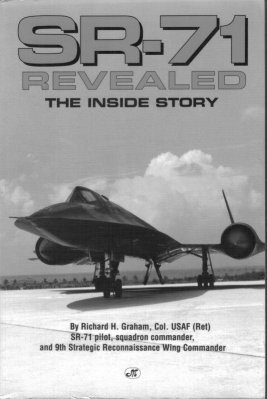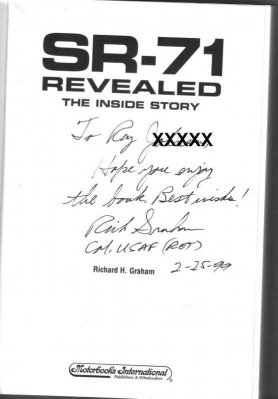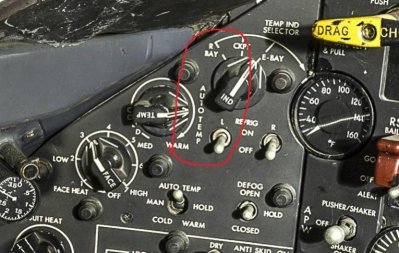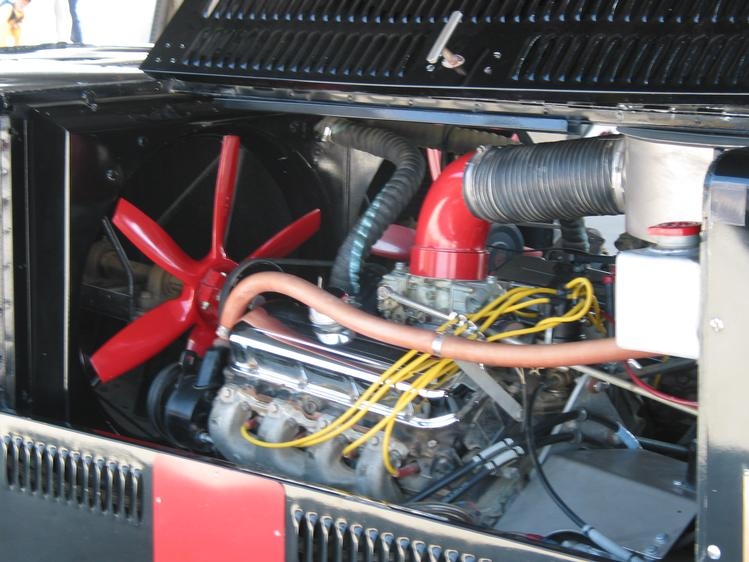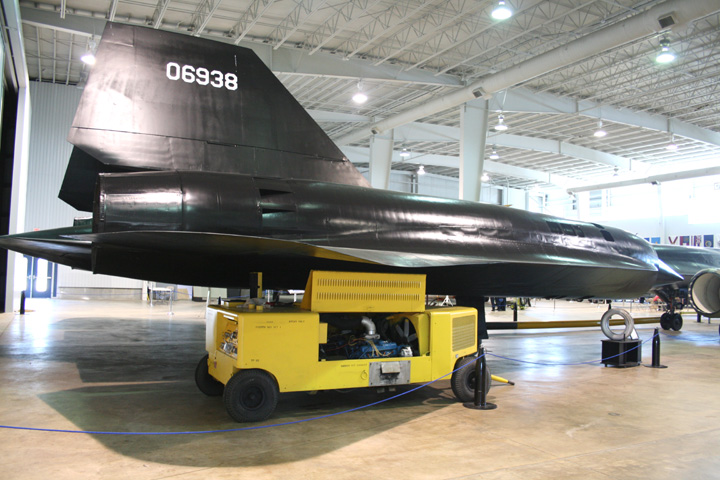Couple Sr-71 "powertrain" notes. Anyone with the interest (me) and smarts (not me) to understand the following video on the J-58 engines that powered the plane, take a peek at the following.
http://www.youtube.com/watch?v=F3ao5SCedIk
In my autographed book, the author writes.
"Each J-58 is 20 ft long, 4.5 ft in diameter, and weighs 6,500 lbs. Sea-level parameters are 32,000 lbs thrust, consumes 65,000 lbs of JP-7 per hour, and 326 lbs of air per second. At cruise, the whole engine grows in length by six inches, diameter grows by 2.5 inches, uses 11,000 lbs of fuel per minute, and uses 800 degree F air for "cooling.
The engines were started using the 'Buick'..a starter cart with two Buick 'Nailhead' 401 V8's with enough torque to get J-58 spun up fast enough to ignite the fuel. Unmuffled by design to generate maximum torque, the starter cart sounded and looked a bit like a 3,000 horsepower dragster, thunderously loud and even had flames shooting from the exhaust tips"
Everything about the plane was big, bold, loud, fast, and ahead of its time. And we can forgive them for using Nailheads instead of 392 Hemi's to start it...even smart people make mistakes occasionally.
Again, this is 1950's-60's technology. Imagine what could be done today with advancements in analysis tools, materials, and manufacturing. I am always floored, and have to keep my arrogance in check, when I go back and learn the marvelous, ingenious things people came up with in the "old days".
Just check out the moon missions for other "lessons" in what those people overcame technically...the Saturn V rocket itself is a technical wonder by any standard..to get to the moon.
How do you get a rocket motor down from the size of a railroad boxcar to the size of a refrigerator, so you can get 6.5 million pounds off the ground and then a 250,000 lb. payload to escape velocity of 25,000 mph? And that turned out to be easy compared to other stuff they solved.
Fun thread 72 Fury..thanks.

